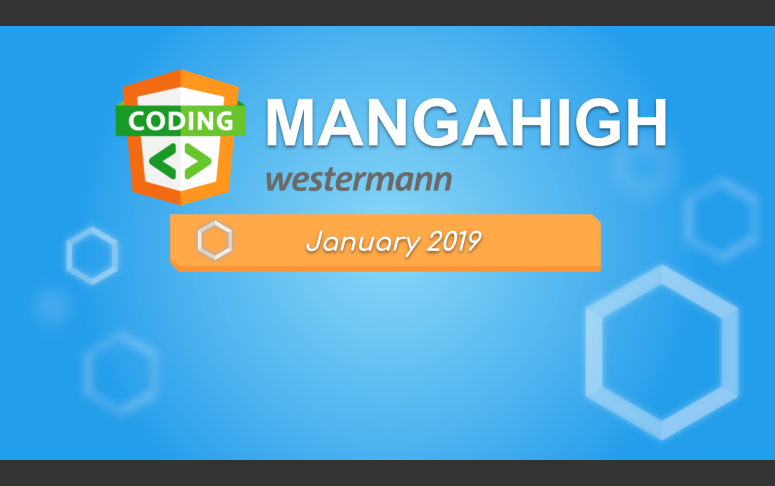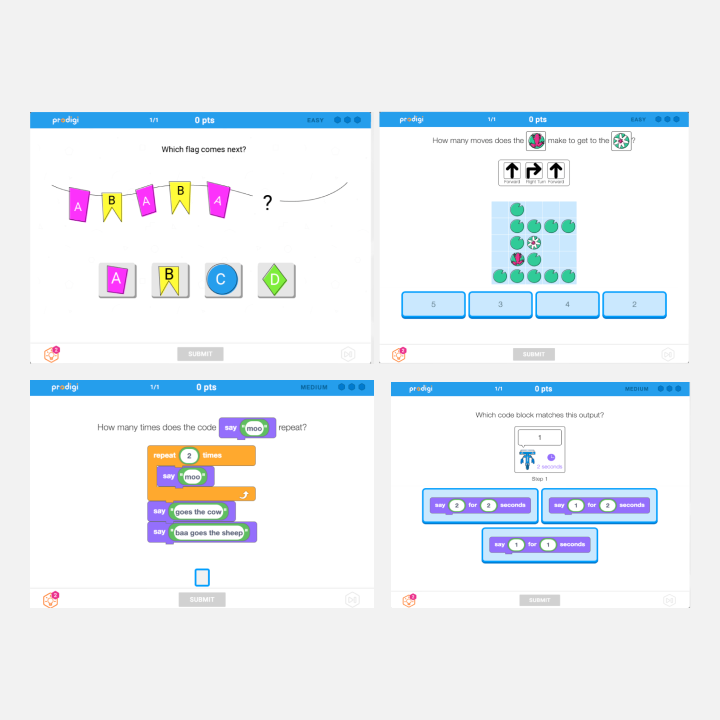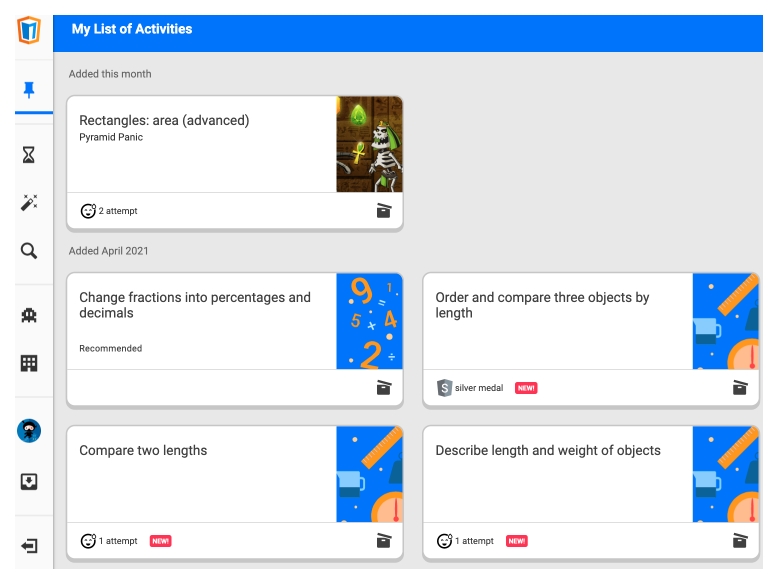In 2019, Mangahigh, a leading online platform for gamified math education, set out to conquer a new frontier: coding education. The challenge was both exciting and daunting—how could we empower teachers and students in a subject where even the curriculum itself was still evolving?

As part of the design team, I had the privilege of helping shape a product that could make coding accessible, engaging, and impactful for young learners. This is the story of how we made it happen.
A New Challenge for Teachers
For years, Mangahigh had been a trusted name in math education, known for turning complex concepts into games that kids loved to play. But coding was a whole new ballgame. Unlike math, where well-established teaching methods existed, the coding curriculum was uncharted territory.

Teachers were often unequipped to teach the subject, let alone guide students from following instructions to coding independently. This wasn't just a gap; it was a chasm. Our goal was to build a bridge—not just for students but for the teachers who would be their guides.
Opportunity in the Unknown
The project came with a distinct advantage: Mangahigh's existing platform. With its personalized dashboards, leaderboards, and gamified learning, we had a proven foundation to build on. The question was, how do we translate the excitement and structure of math education into a completely new subject?

Enter our curriculum expert, a veteran who had helped shape the UK's National Curriculum. With their expertise and Mangahigh's established platform, we had the tools to craft something unique. All we needed was a clear plan—and a lot of creativity.
Laying the Groundwork: Research and Insights
The journey began with research. I dove deep into competitor analysis, exploring what was already out there. Which interaction designs were effective? How did other platforms make coding approachable for young learners? What parts of the curriculum did they excel at—and where did they fall short?
But this wasn't just about competition; it was about pedagogy. Coding can seem abstract and daunting, so we needed to anchor it in solid, research-backed teaching principles. Working closely with the curriculum expert, we visualized this research, turning dense educational theory into digestible, teacher-friendly formats.
From Vision to Design
With the research in place, the real design work began. The platform's constraints—limited input types and minimal graphics—meant we had to be strategic. Questions needed to be simple yet effective, visually engaging without overwhelming.
One example was a map-based direction question. The first iteration was ambitious, but we quickly realized it needed to be scaled back to fit the platform's capabilities. The second iteration balanced creativity with practicality, and the result was a seamless interaction that aligned with our goals.
A Shared Effort, A Shared Success
Designing the coding product was as much about collaboration as it was about creativity. From process diagrams that outlined every stage to countless feedback sessions, it was a team effort at every step. My role extended beyond design—I created illustrations, co-wrote questions, and worked closely with the curriculum expert to ensure every piece fit into the bigger picture.
Key Takeaways
- Educational design requires deep empathy for both teachers and students
- Platform constraints can drive creative solutions
- Cross-functional collaboration is essential for complex educational products
Launch and Beyond
In January 2019, we launched the first version of Mangahigh's coding product at the BETT education conference. While this version wasn't a fully realized educational product, it was a vital first step. It demonstrated what was possible and laid the groundwork for future iterations.
The journey didn't end with the launch. The lessons learned during this project continue to shape how we approach education at Mangahigh. As coding becomes an increasingly vital skill, we're proud to have taken an early step in making it accessible to learners everywhere.
Thank you for reading!
Want to work with me? Feel free to contact me!
...or just say hello on my social media.